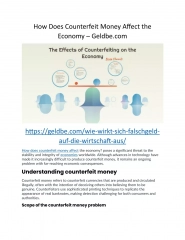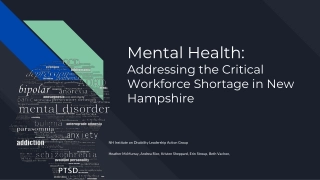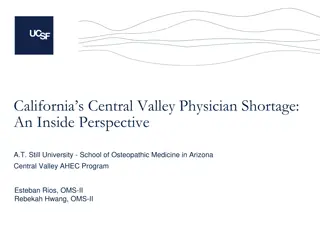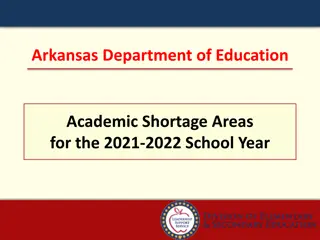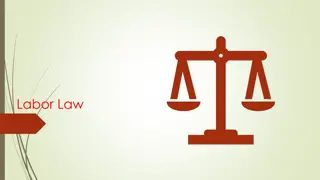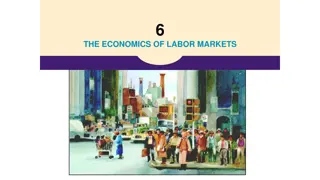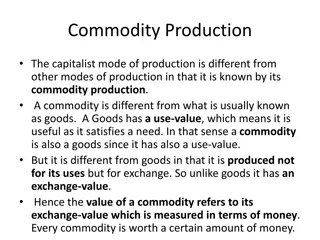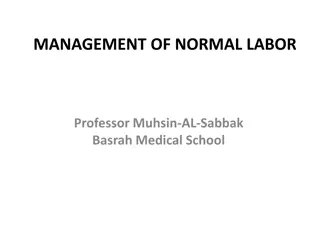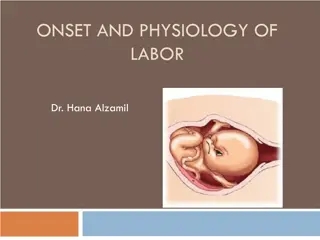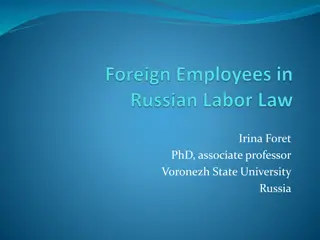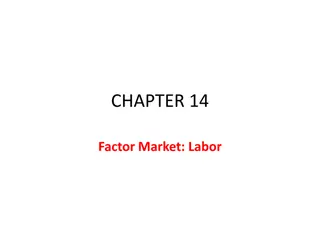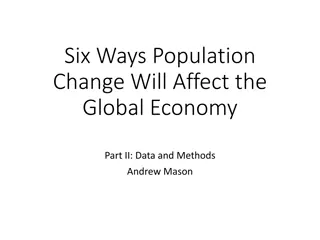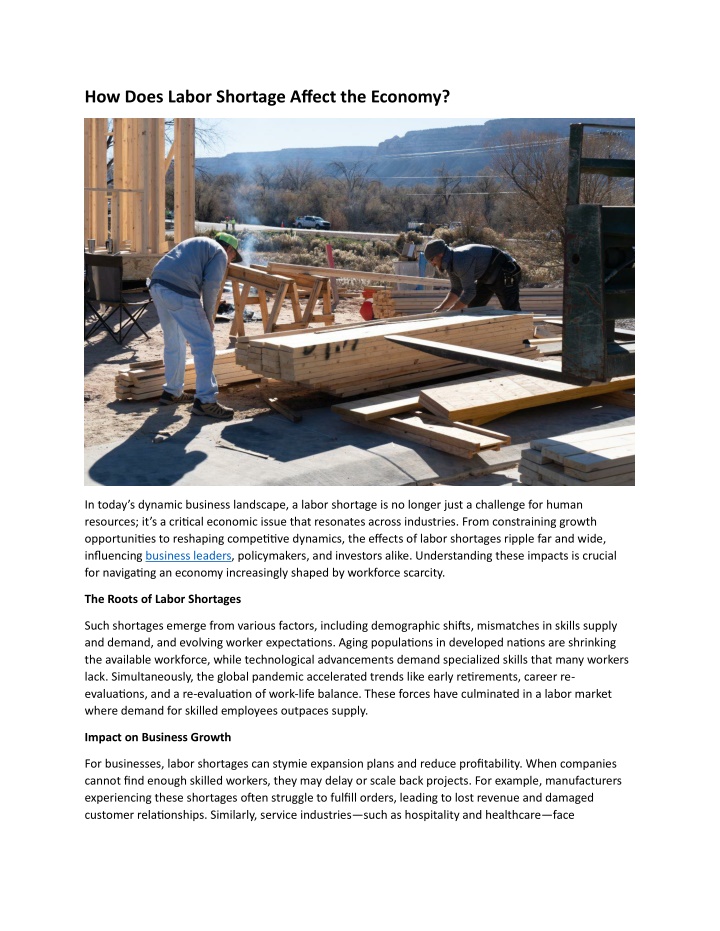
How Does Labor Shortage Affect the Economy
Explore how labor shortages impact businesses, economies, and innovation. Learn about causes, effects, and strategies to address workforce challenges globally.
Download Presentation

Please find below an Image/Link to download the presentation.
The content on the website is provided AS IS for your information and personal use only. It may not be sold, licensed, or shared on other websites without obtaining consent from the author. If you encounter any issues during the download, it is possible that the publisher has removed the file from their server.
You are allowed to download the files provided on this website for personal or commercial use, subject to the condition that they are used lawfully. All files are the property of their respective owners.
The content on the website is provided AS IS for your information and personal use only. It may not be sold, licensed, or shared on other websites without obtaining consent from the author.
E N D
Presentation Transcript
How Does Labor Shortage Affect the Economy? In today s dynamic business landscape, a labor shortage is no longer just a challenge for human resources; it s a critical economic issue that resonates across industries. From constraining growth opportunities to reshaping competitive dynamics, the effects of labor shortages ripple far and wide, influencingbusiness leaders, policymakers, and investors alike. Understanding these impacts is crucial for navigating an economy increasingly shaped by workforce scarcity. The Roots of Labor Shortages Such shortages emerge from various factors, including demographic shifts, mismatches in skills supply and demand, and evolving worker expectations. Aging populations in developed nations are shrinking the available workforce, while technological advancements demand specialized skills that many workers lack. Simultaneously, the global pandemic accelerated trends like early retirements, career re- evaluations, and a re-evaluation of work-life balance. These forces have culminated in a labor market where demand for skilled employees outpaces supply. Impact on Business Growth For businesses, labor shortages can stymie expansion plans and reduce profitability. When companies cannot find enough skilled workers, they may delay or scale back projects. For example, manufacturers experiencing these shortages often struggle to fulfill orders, leading to lost revenue and damaged customer relationships. Similarly, service industries such as hospitality and healthcare face
operational disruptions, with overworked staff and compromised service quality becoming common issues. These shortages can also increase labor costs as businesses compete for a smaller talent pool. Higher wages, improved benefits, and investments in employee retention strategies become necessary, squeezing profit margins and potentially driving up consumer prices. Macroeconomic Consequences At the macroeconomic level, labor shortages affect GDP growth and inflation. When industries cannot operate at full capacity due to insufficient staffing, economic output suffers. Prolonged shortages can hinder innovation and productivity, creating a drag on national economic performance. Additionally, increased labor costs can contribute to inflationary pressures as businesses pass higher expenses on to consumers. The shortages also influence global trade dynamics. Companies in countries with severe workforce constraints may lose competitive ground to those in regions with abundant labor supply. For export- dependent economies, this shift can alter trade balances and weaken economic resilience. Innovation as a Response Interestingly, labor shortages can act as a catalyst for innovation. Faced with workforce constraints, businesses often turn to automation, artificial intelligence, and other technologies to bridge the gap. These advancements can lead to long-term productivity gains, but they also require significant upfront investment and a strategic vision to integrate effectively. For instance, logistics companies have embraced robotics to counteract driver shortages, while retailers are deploying AI-driven tools to manage inventory and enhance customer service. While these solutions address immediate challenges, they also highlight the growing need for a workforce capable of working alongside advanced technologies. Skill Mismatches and Education Gaps
A critical dimension of labor shortages lies inskill mismatches. Many industries face a paradoxical situation where unemployment exists alongside unfilled job openings. The challenge is not merely about the quantity of workers but the alignment of skills with market needs. This disconnect underscores the importance of education and training programs that prepare workers for high-demand fields. Governments and businesses must collaborate to invest in upskilling and reskilling initiatives, ensuring that workers can transition into roles aligned with evolving economic demands. Strategic Responses for Leaders For C-suite executives, startup entrepreneurs, and managers, addressing the shortages requires both immediate and long-term strategies. In the short term, businesses must focus on attracting and retaining talent through competitive compensation, flexible work arrangements, and fostering inclusive workplaces. Enhancing employeeexperiencecan differentiate companies in a competitive labor market. In the longer term, leaders should invest in workforce planning, emphasizing partnerships with educational institutions and workforce development programs. Building a talent pipeline aligned with organizational needs can mitigate future shortages while positioning businesses for sustained growth. Moreover, embracing diversity and tapping into underutilized labor pools such as older workers, individuals with disabilities, and marginalized communities can expand workforce availability. These efforts not only address labor shortages but also enhance organizational resilience and innovation through varied perspectives.
Global Implications Labor shortages are not confined to any single region or sector; they represent a global challenge with interconnected consequences. For multinational organizations, navigating labor shortages involves balancing workforce needs across diverse geographies while adapting to local labor market conditions. Countries experiencing severe shortages must evaluate immigration policies to attract foreign talent and bolster their workforce. For policymakers, labor shortages necessitate reforms in education, immigration, and economic policy. Supporting workforce participation through childcare subsidies, healthcare access, and retirement incentives can also alleviate pressure on labor markets. Conclusion These shortages will remain a defining issue for the global economy in the coming years. For business leaders, this challenge demands a proactive and adaptive approach. While the immediate impacts of the shortages may seem daunting, they also present opportunities for innovation, collaboration, and growth. By prioritizing workforce development, embracing technology, and fostering inclusive workplace cultures, organizations can not only overcome the challenges posed by the shortages but also unlock new avenues for success in an evolving economic landscape. Addressing labor shortages is more than a necessity it s a chance to redefine how businesses and economies thrive in the 21st century. Uncover the latest trends and insights with our articles onVisionary Vogues

